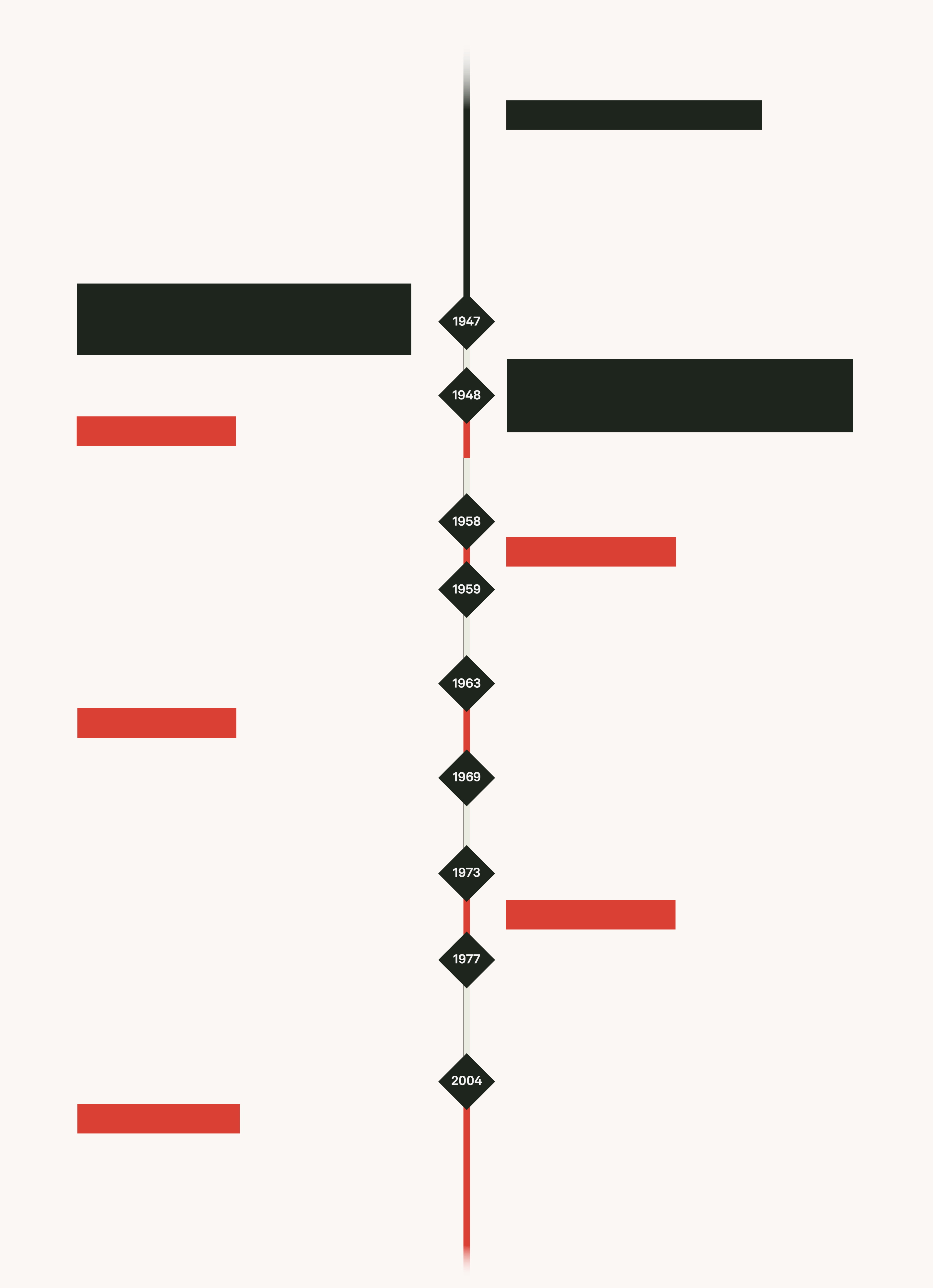
A brief history of the Balochistan conflict
Autonomy under British administration
Pre-1947: Balochistan is known as the State of Kalat. From 1877 to 1947, the British administers the Baloch of the Afghanistan-Pakistan frontier using the “Sandeman system”. Under this system, the Baloch had autonomy to police and govern themselves through tribal councils, or “jirga”, and local hereditary chiefs, the “sardars”.
August 1947: The State of Kalat declares independence as an Indian subcontinent partitioned into Pakistan and India.
27 March 1948: The Khan of Khalat, Mir Ahmad Yar Khan Ahmedzai, accedes to Pakistan after the Pakistani government dispatched soldiers to occupy the region.
First insurgency
1948: Agha Abdul Karim, the Khan’s younger brother, stages an armed insurrection in revolt. The first insurgency occurs.
Second insurgency
1958–1959: The second insurgency takes place. This is in response to the One Unit Policy, where the federal government sought to merge the four provinces of West Pakistan into one, effectively erasing Balochistan’s identity.
Third insurgency
1963–1969: The province witnesses another insurgency, as Baloch nationalists attack the central government’s army posts in key areas throughout Balochistan.
Fourth insurgency
1973–1977: The fourth insurgency takes place. Pakistani president Zulfikar Ali Bhutto disbands the coalition government in Balochistan while raising the military presence in the province.
Fifth insurgency
2004–present: The fifth insurgency emerges from long-standing grievances such as economic exploitation and a lack of provincial autonomy.

A brief history of the Balochistan conflict
Autonomy under British administration
Pre-1947: Balochistan is known as the State of Kalat. From 1877 to 1947, the British administers the Baloch of the Afghanistan-Pakistan frontier using the “Sandeman system”. Under this system, the Baloch had autonomy to police and govern themselves through tribal councils, or “jirga”, and local hereditary chiefs, the “sardars”.
August 1947: The State of Kalat declares independence as an Indian subcontinent partitioned into Pakistan and India.
27 March 1948: The Khan of Khalat, Mir Ahmad Yar Khan Ahmedzai, accedes to Pakistan after the Pakistani government dispatched soldiers to occupy the region.
First insurgency
1948: Agha Abdul Karim, the Khan’s younger brother, stages an armed insurrection in revolt. The first insurgency occurs.
Second insurgency
1958–1959: The second insurgency takes place. This is in response to the One Unit Policy, where the federal government sought to merge the four provinces of West Pakistan into one, effectively erasing Balochistan’s identity.
Third insurgency
1963–1969: The province witnesses another insurgency, as Baloch nationalists attack the central government’s army posts in key areas throughout Balochistan.
Fourth insurgency
1973–1977: The fourth insurgency takes place. Pakistani president Zulfikar Ali Bhutto disbands the coalition government in Balochistan while raising the military presence in the province.
Fifth insurgency
2004–present: The fifth insurgency emerges from long-standing grievances such as economic exploitation and a lack of provincial autonomy.

A brief history of the Balochistan conflict
Autonomy under British administration
Pre-1947: Balochistan is known as the State of Kalat. From 1877 to 1947, the British administers the Baloch of the Afghanistan-Pakistan frontier using the “Sandeman system”. Under this system, the Baloch had autonomy to police and govern themselves through tribal councils, or “jirga”, and local hereditary chiefs, the “sardars”.
August 1947: The State of Kalat declares independence as an Indian subcontinent partitioned into Pakistan and India.
27 March 1948: The Khan of Khalat, Mir Ahmad Yar Khan Ahmedzai, accedes to Pakistan after the Pakistani government dispatched soldiers to occupy the region.
First insurgency
1948: Agha Abdul Karim, the Khan’s younger brother, stages an armed insurrection in revolt. The first insurgency occurs.
Second insurgency
1958–1959: The second insurgency takes place. This is in response to the One Unit Policy, where the federal government sought to merge the four provinces of West Pakistan into one, effectively erasing Balochistan’s identity.
Third insurgency
1963–1969: The province witnesses another insurgency, as Baloch nationalists attack the central government’s army posts in key areas throughout Balochistan.
Fourth insurgency
1973–1977: The fourth insurgency takes place. Pakistani president Zulfikar Ali Bhutto disbands the coalition government in Balochistan while raising the military presence in the province.
Fifth insurgency
2004–present: The fifth insurgency emerges from long-standing grievances such as economic exploitation and a lack of provincial autonomy.